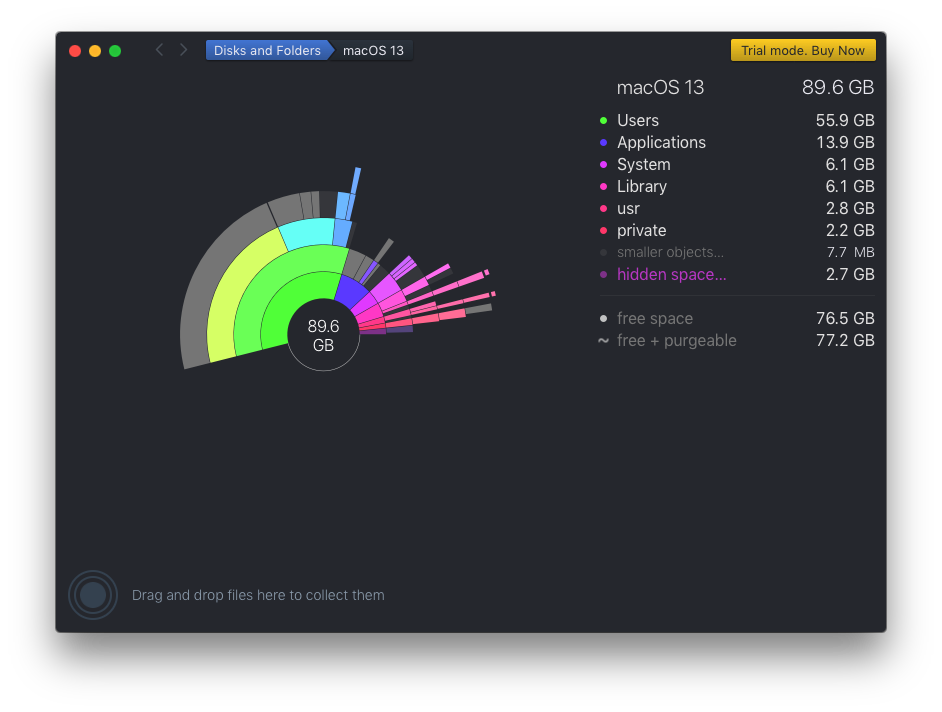

- MAC STORAGE CLEANER FREE APP DRIVERS
- MAC STORAGE CLEANER FREE APP TV
- MAC STORAGE CLEANER FREE APP DOWNLOAD
- MAC STORAGE CLEANER FREE APP MAC
Now that you know what system storage is, you’re likely still asking yourself “how do I clear my system storage?” We’ve got you covered.
MAC STORAGE CLEANER FREE APP MAC
So, Apple tucks them in a partition named ‘system’ that prevents you from directly accessing system storage on your Mac so you don’t mistakenly delete important files. Let’s be honest: if you took a look at these files, you likely wouldn’t know what many of them were, and would be compelled to delete them. Simply put, these are files your Mac deems necessary, and wants to keep you from accessing and deleting. Why does this storage take up huge disk space on a Mac? These files are often necessary, and deleting them can wreak havoc elsewhere in your system if you don’t know what you’re doing. Mac system taking up space, when put into context, is totally understandable.
MAC STORAGE CLEANER FREE APP DRIVERS
There are drivers for apps and services, fonts, desktop pictures – all kinds of things. In system storage Mac saves a lot of seemingly random things. The “system” listed is system storage – but what is it? Select “About This Mac” from the drop down menuĪt the bottom of the window you’ll see two storage options you can’t touch: Other, and System.On your Mac, click the Apple logo on the top left corner of the menu bar.Your Mac or MacBook system storage can be found here, too: Empty Trash Automatically selects “Remove items from the Trash after 30 days.Let’s first examine your Mac’s overall storage.
MAC STORAGE CLEANER FREE APP DOWNLOAD
In the Account Information section on the right, Optimize Storage sets the Download Attachments menu to either Recent or None.Įmpty Trash Automatically: From the Finder, choose Finder > Preferences, then click Advanced.
MAC STORAGE CLEANER FREE APP TV
In you're using macOS Mojave or earlier, open iTunes, choose iTunes > Preferences from the menu bar, then click Advanced. Optimize Storage selects “Automatically delete watched movies and TV shows.”.Optimize Storage selects “Automatically delete watched movies and TV shows.”

If you're using macOS Catalina or later, open the Apple TV app, choose TV > Preferences from the menu bar, then click Files.Store in iCloud selects Enable Messages in iCloud. In Messages, choose Messages > Preferences, then click iMessage.Store in iCloud selects iCloud Photos and Optimize Mac Storage. In Photos, choose Photos > Preferences, then click iCloud.Store in iCloud turns on the Desktop & Documents Folders and Optimize Mac Storage settings. If you're using macOS Mojave or earlier, choose Apple menu > System Preferences, click iCloud, then click Options next to iCloud Drive.If you're using macOS Catalina or later, choose Apple menu > System Preferences, click Apple ID, then select iCloud in the sidebar: Store in iCloud turns on the Optimize Mac Storage setting on the right. To turn off iCloud Drive entirely, deselect iCloud Drive.You can also control those settings directly within each app. The button for each recommendation in the Storage Management window affects one or more settings in other apps. iCloud storage starts at 50GB for $0.99 (USD) a month, and you can purchase additional storage directly from your Apple device. If you reach or exceed your iCloud storage limit, you can either buy more iCloud storage or make more iCloud storage available. Storing files in iCloud uses the storage space in your iCloud storage plan. When storage space is needed, only the messages and attachments you recently opened are kept on your Mac. Store all messages and attachments in iCloud. To download the original photo or video, just open it. When storage space is needed, only space-saving (optimized) versions of photos are kept on your Mac. Photos. Store all original, full-resolution photos and videos in iCloud Photos.Files stored only in iCloud show a download icon, which you can double-click to download the original file. When storage space is needed, only the files you recently opened are kept on your Mac, so that you can easily work offline. Store all files from these two locations in iCloud Drive. Click the Store in iCloud button, then choose from these options:


 0 kommentar(er)
0 kommentar(er)
